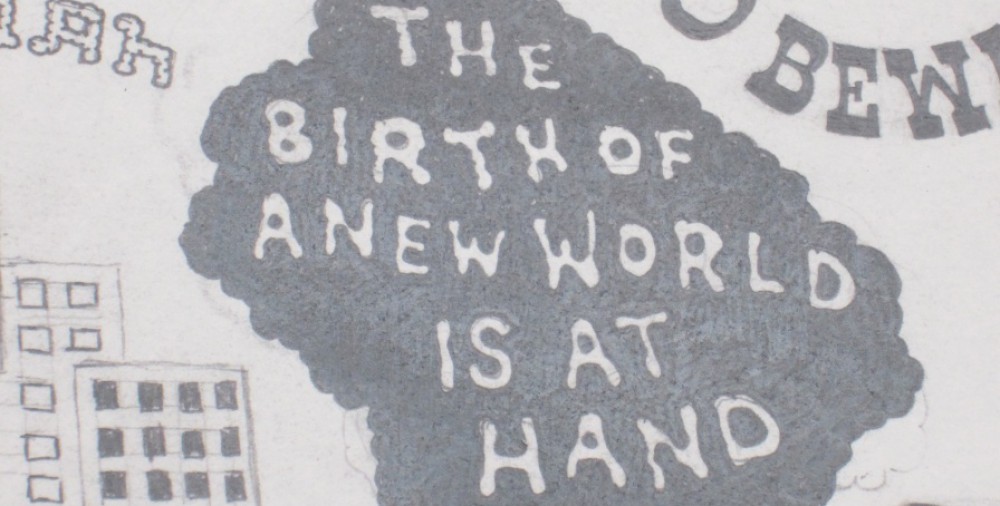After reading and taking a closer look at this story, I like it and understand it more each time. I must admit its a confusing read at first but taking the time to analyze each paragraph or sentence on its own really helps understand the bigger picture the author is trying to paint. Le Guin begin this story painting the picture of the town and its citizens. Personally I enjoyed the set up; I felt like it she gave the citizens a place to live in our heads before she gave us the plot of the story and of its characters. The imagery given is in great detail, it describes a sort of festival or celebration that we later discover is for the “sunlight of the first morning of summer” or in other words the first day of summer. The narrator begins to describe the town and everything utopian about it, and even invites us to create or add our own visions of what a perfect world can be like as show in page 2 towards the end of the paragraph the narrator says ” they could perfectly well have central heating, subway trains, washing machines, and all kinds of marvelous devices not yet invented here, floating light-sources, fuel-less power, a cure for the common cold. Or they could have none of that; it doesn’t matter. As you like it.” Narrator then goes into an analysis of happiness, our happiness (the reader) compared to what the citizens of Omelas are to believe what happiness is. At this point of the story I feel that the narrator begins to add things to Omelas that we (as a society) can better envision because it is too good to be true, for example. top of page 3 “I fear that Omelas so far strikes some of you as goody-goody. Smiles, bells, parades, horses, bleh. If so, please add an orgy. If an orgy would help, don’t hesitate.” After this point in the story I feel as if the narrator is adding his/her own input/opinion on the utopia; of the things it has and what he/she believes it needs. I also like the sort of interaction the narrator has with the reader. Reassuring and questioning us on the validity of what we have read; this wonderful utopia. He/she assumes we don’t believe the story so begins telling us more on the town of Omelas. The shocking unexpected twist of the child or “it” as they say. This really caught me off guard, I would have never thought that in such a wonderfully painted place, something so inhumane and cruel can be happening. The story of child became part of the Omelas culture, proof is towards the end of page 5 where it reads “This is usually explained to children when they are between eight and twelve, whenever they seem capable of understanding; and most of those who come to see the child are young people, though often enough an adult comes, or comes back, to see the child. No matter how well the matter has been explained to them, these young spectators are always shocked and sickened at the sight.” The people of Omelas are completely aware of this travesty and can do nothing about it. Finally the dystopia is revealed, a nightmare under this wonderful outer shell of Omelas. The citizens as well as readers understand this paradox because it is the only way to keep their society and “happiness” intact. Story ends with people, young or old, without any explanation leave Omelas. I’m lead to believe that they leave because they cannot stand being in this lie and disgusting town any longer. I also believe that the narrator could have been one of those persons that left, which is why he/she knows a fair amount about the town of Omelas.
Utopias & Dystopias
ENG 2000: Perspectives in Literature, Professor Belli, Spring 2014



